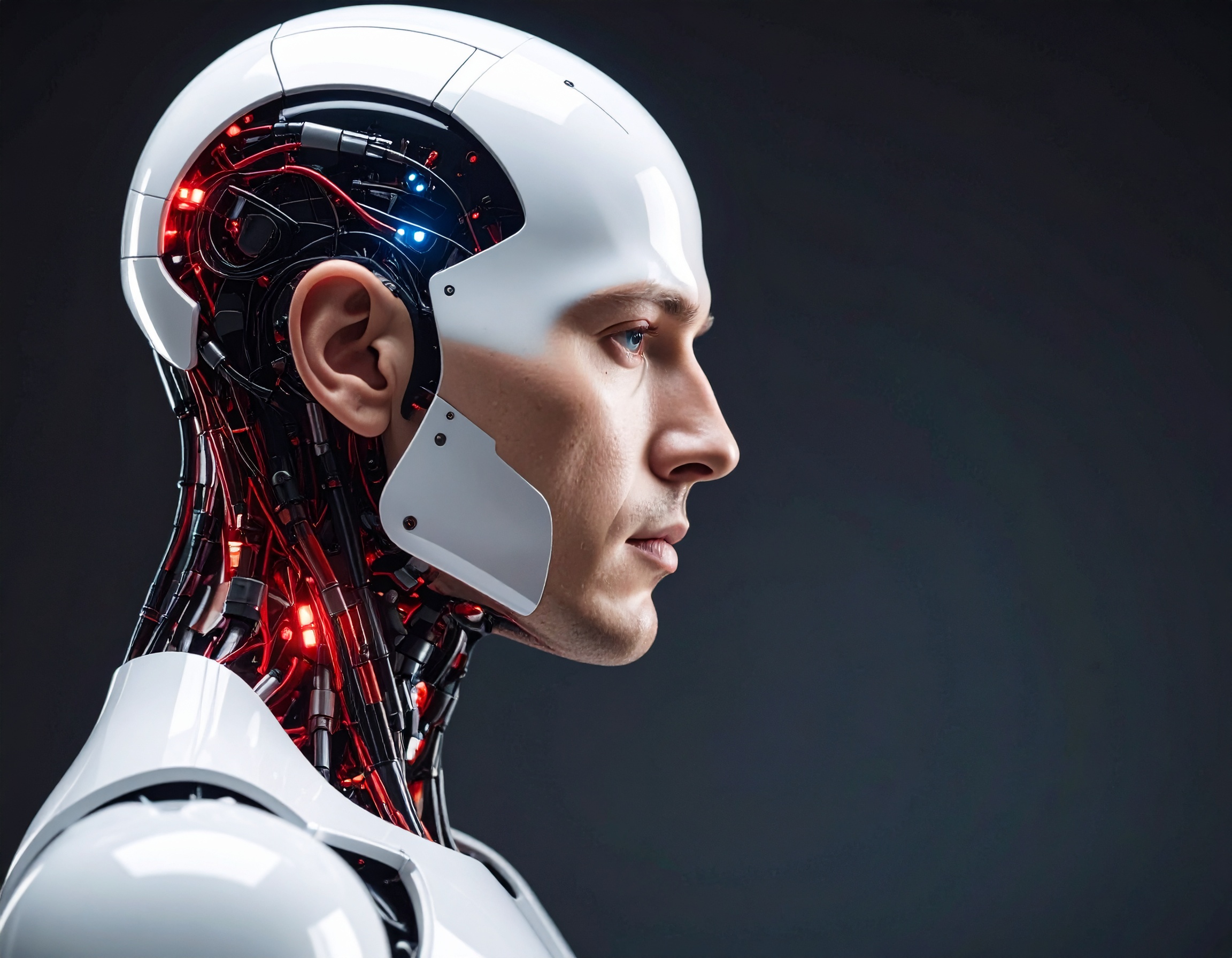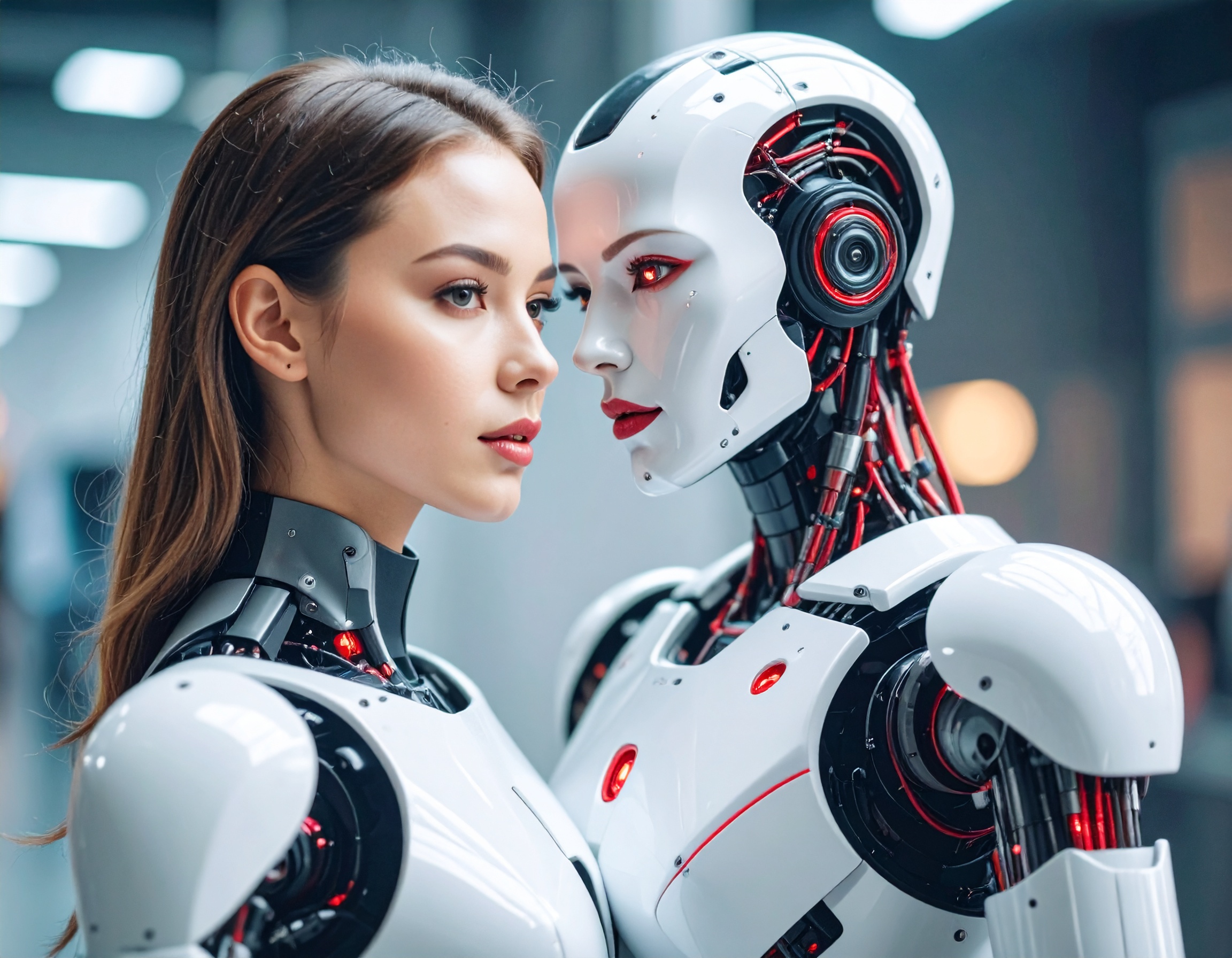The Future of Work: Howard Lutnick Envisions a Rise in High-Tech Factory Jobs Amidst Tariffs

The Future of Manufacturing: Embracing Robotics and Automation
On May 1, 2025, Howard Lutnick, U.S. Secretary of Commerce, shared an insightful perspective on the future of American manufacturing. He emphasized that the future of U.S. factories would be heavily shaped by automation and robotics. This vision comes at a time when tariffs imposed under President Trump’s administration are driving a massive shift in the manufacturing landscape, aiming to revitalize American factories.

The Role of Automation in U.S. Factories
Lutnick predicts that, with the current tariff policies, billions of dollars will be invested in building new manufacturing facilities across the U.S. These factories will not just rely on traditional labor, but will instead be driven by advanced automation, with robotics playing a central role in production processes. The idea is to replace repetitive, labor-intensive jobs with intelligent agents capable of performing more complex tasks.
- Increased Efficiency: Automation can help reduce production costs and increase overall efficiency, providing U.S. manufacturers with a competitive edge in the global market.
- Examples of Robotic Integration: Companies like Hyundai are already investing in advanced robotic technologies, including Boston Dynamics' humanoid robots. These robots are designed to assist in a variety of tasks, helping to streamline operations.
Impact on Human Workers: New Roles for Skilled Labor
While automation is set to revolutionize the manufacturing sector, Lutnick stresses that human workers will still be essential. The shift to robotic factories will demand new roles, with skilled technicians responsible for the maintenance, repair, and programming of robots and other digital employees.
- Emerging Job Markets: Instead of traditional assembly line jobs, there will be demand for experts in fields like robotics, engineering, and electronics.
- Non-Human Workers and Humans Working Together: The future will see collaboration between digital employees (robots) and human workers, with the latter overseeing and ensuring the smooth operation of automated systems.

Preparing for the Future: Education and Training
To facilitate this transition, Lutnick calls for a reimagining of the U.S. educational system. He advocates for the creation of specialized programs aimed at preparing the workforce for the jobs of the future. This includes training in robotics, automation technology, engineering, and maintenance.
- Educational Reform: By equipping workers with the skills needed to work with high-tech systems, the U.S. can build a workforce that meets the demands of tomorrow’s factories.
- Long-Term Economic Growth: By investing in human capital, the country can ensure that its workforce is capable of adapting to an increasingly automated economy.
The Road Ahead: A Balanced Future of Technology and Human Expertise
Lutnick’s vision for the future of manufacturing highlights the need for a balanced approach, where cutting-edge technology and human expertise go hand-in-hand. As the U.S. continues to invest in automation and robotics, it’s essential that workers are trained to manage and maintain these new systems. The transition may be challenging, but it holds the potential for a more efficient and prosperous future for both manufacturers and employees.

Key Highlights:
- Tariff-Driven Manufacturing Renaissance: The U.S. is investing billions into new manufacturing facilities, spurred by President Trump's tariff policies. These factories will be driven by advanced robotics and automation.
- Automation's Role: Robotics will replace many labor-intensive tasks, increasing efficiency and reducing production costs. Companies like Hyundai are already investing in humanoid robots to assist in factory operations.
- Human Expertise Still Essential: Despite the rise of automation, skilled workers will be crucial for maintaining, programming, and repairing robotic systems. New job opportunities will emerge in fields like robotics, engineering, and electronics.
- Education and Training: To support the shift, Lutnick advocates for educational reforms to prepare the workforce with the necessary skills to work with advanced automation technologies.
- Long-Term Growth Potential: The combination of robotics and skilled human labor can lead to a more efficient manufacturing sector, fostering long-term economic growth and job creation.
Reference:


